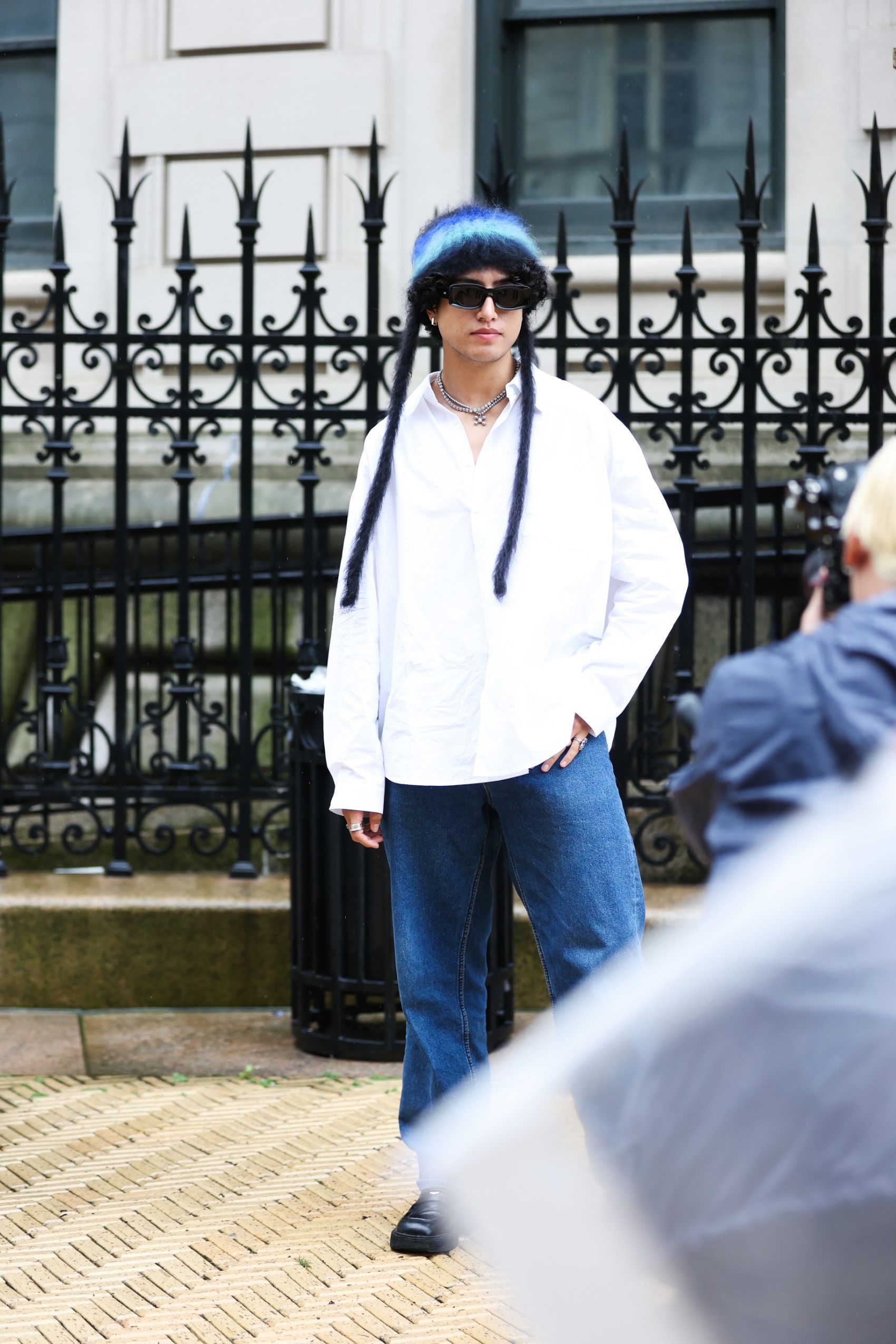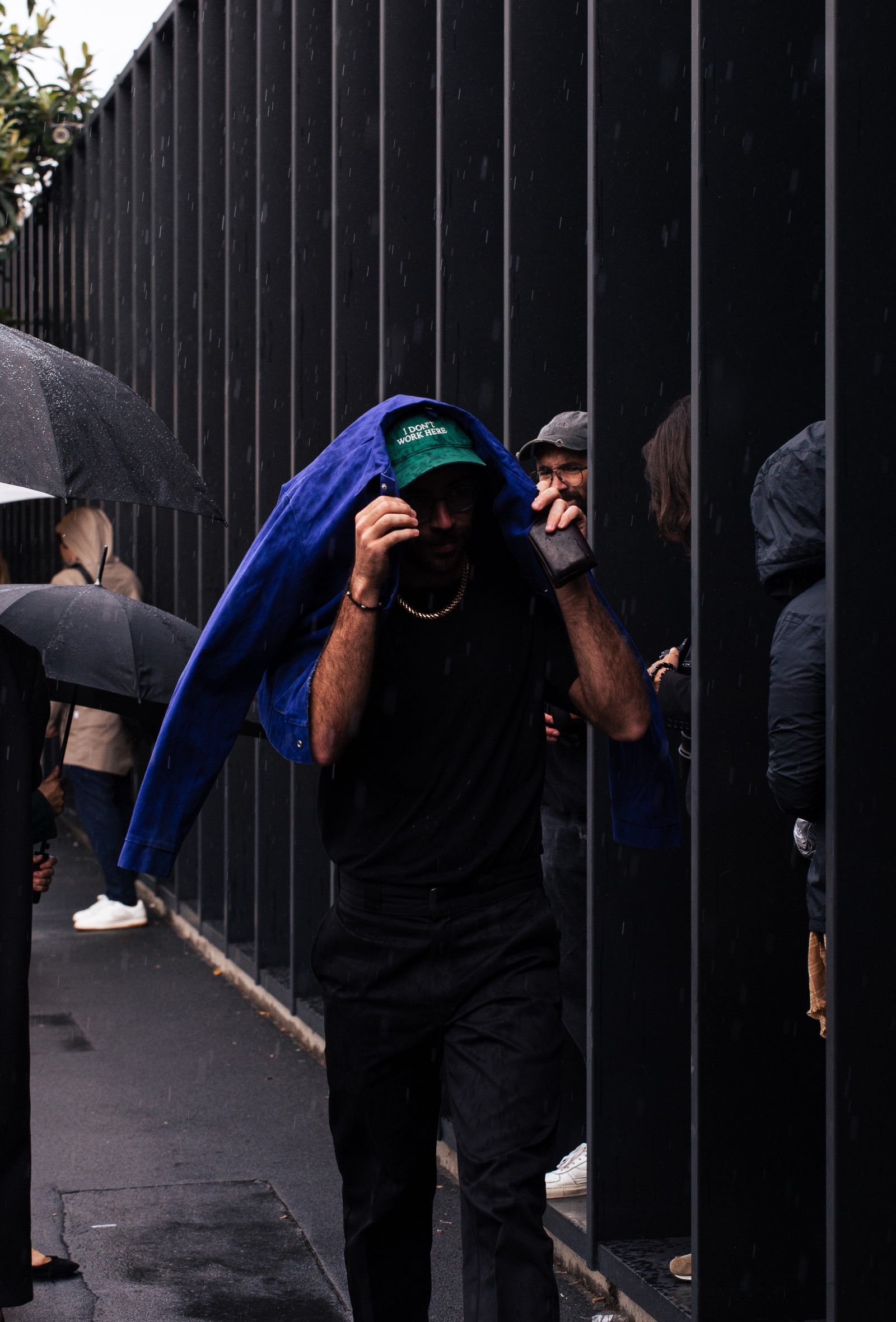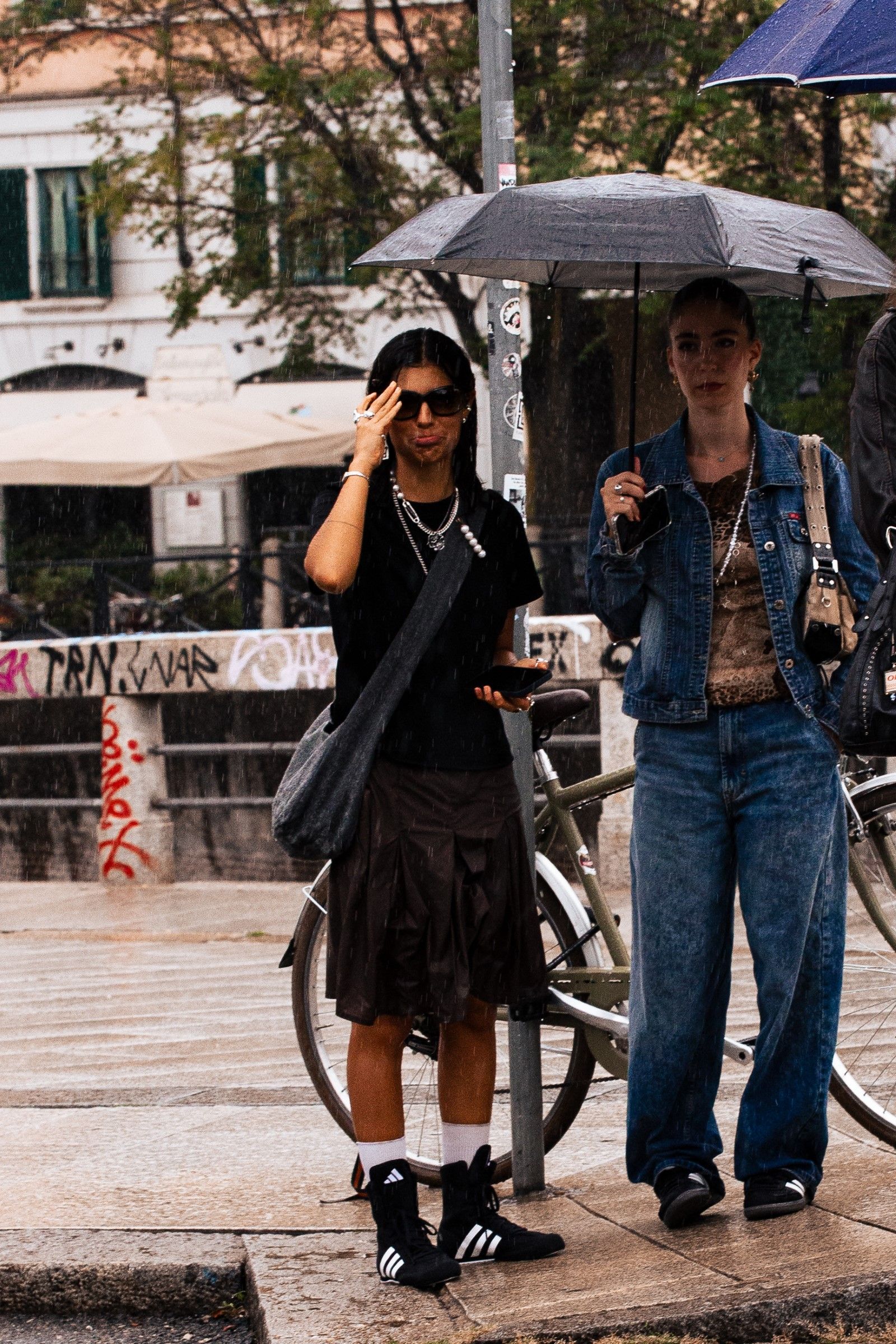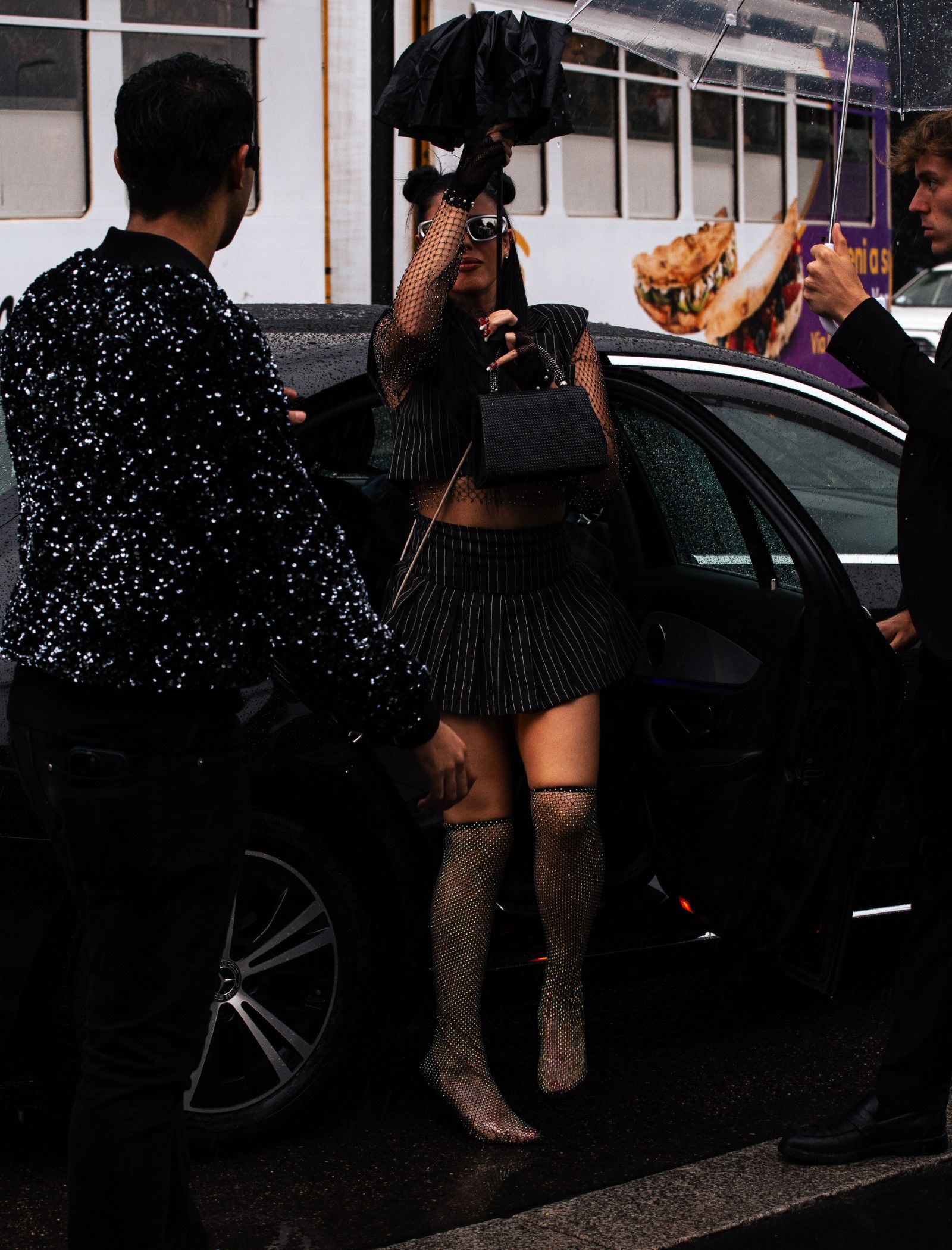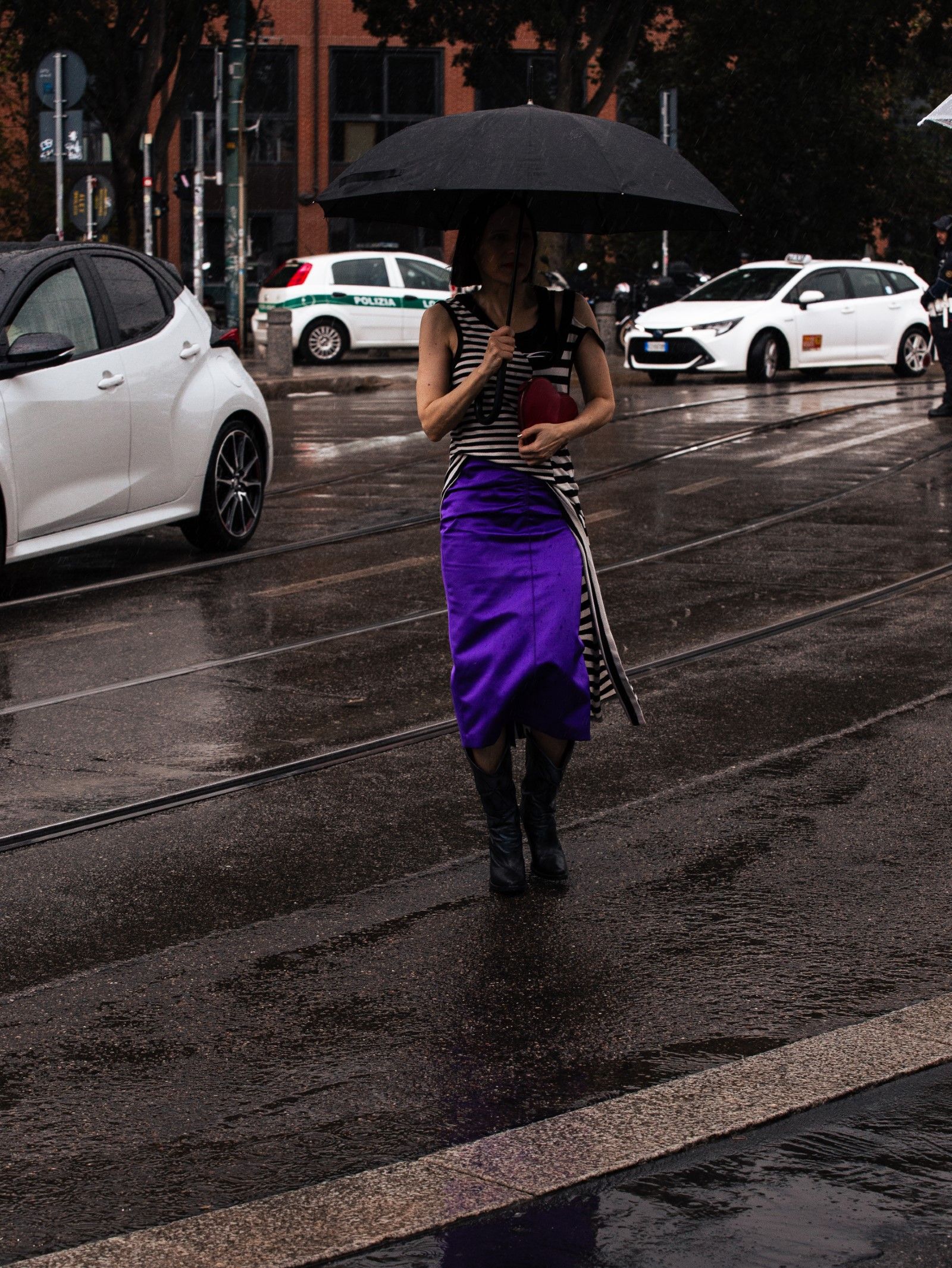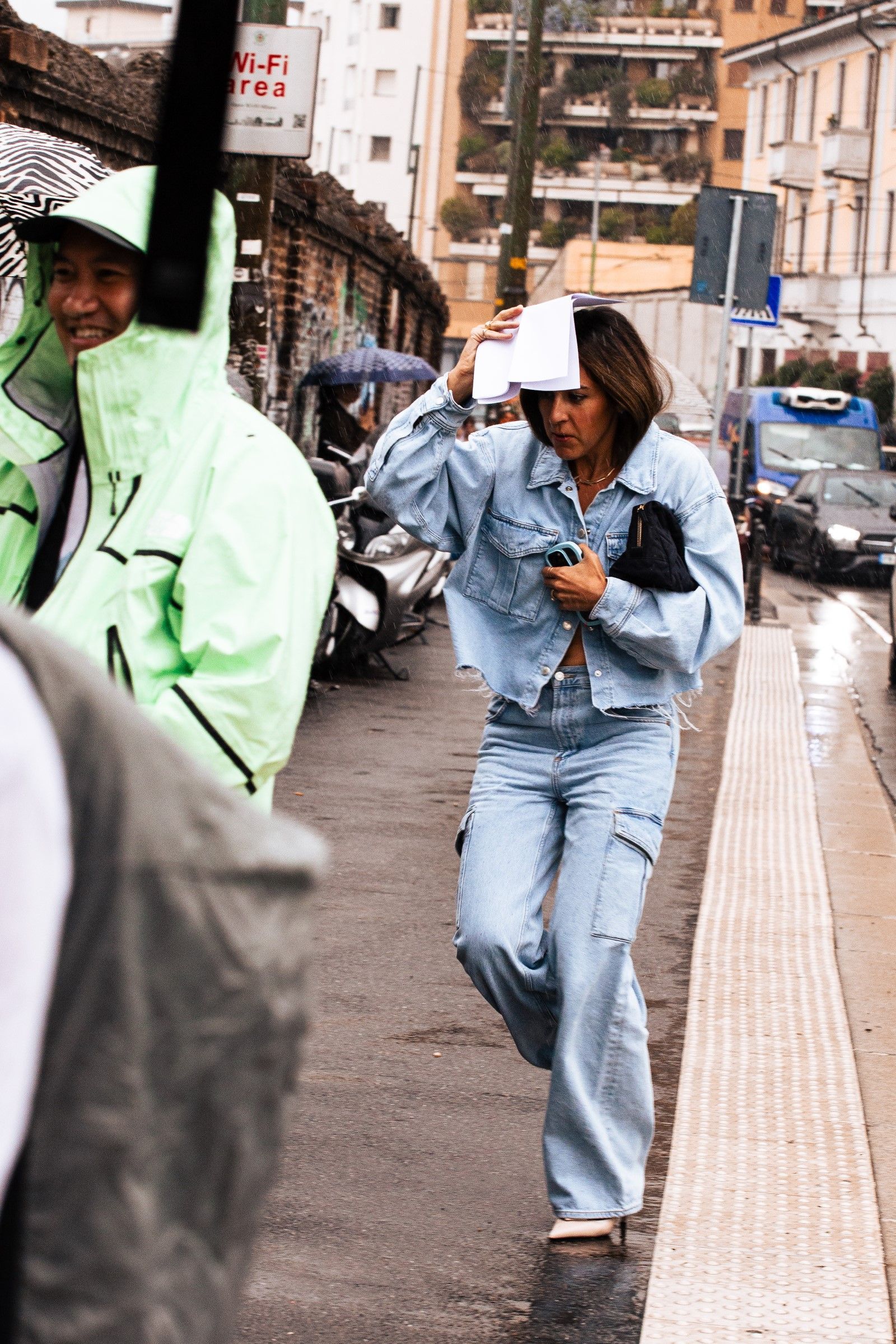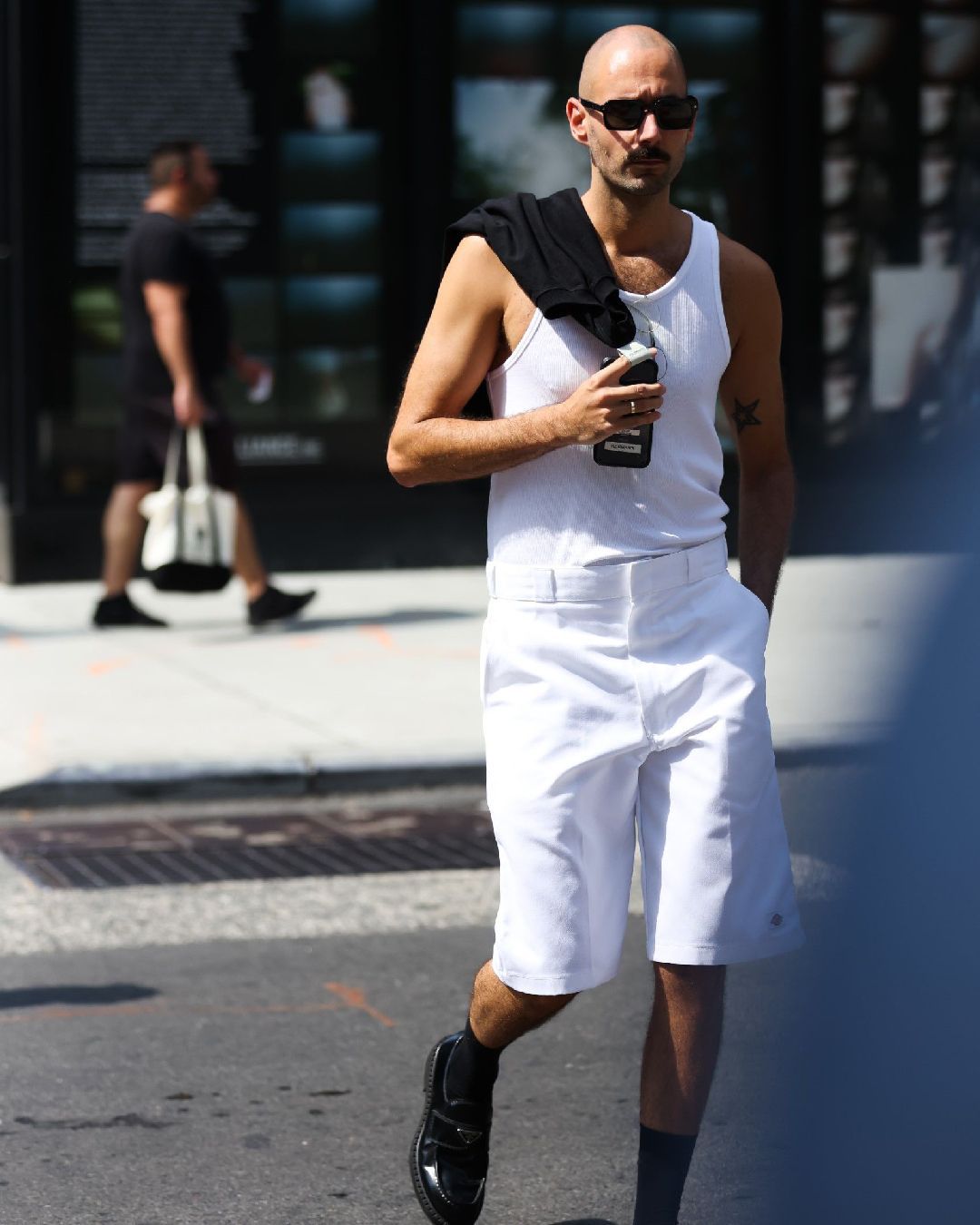
What does climate change have to do with winter sales? Record heat puts a damper on cashmere
More shocking than this summer's heat, more disorienting than Beppe Sala's latest outings, this October Italy recorded the highest temperatures ever during the autumn. In the first weeks of the month, Turin and Milan exceeded 31 degrees, while on the Matterhorn in Valle d'Aosta, the thermostat struggled - and still does - to drop below zero after 3,000 metres. According to the National System for the Protection of the Environment, the heat of the last few weeks is a grave omen, reflected in the image of glaciers that continue to melt when they should already be covered in snow. Just as the world is witnessing a temporal and thermal change of seasons, with longer summers and springs and shorter winters, so are consumer habits changing. In Italy, shops in the big cities have long since replaced swimming costumes and tank tops with tights and scarves, but passers-by, happy to remain in t-shirts, still don't want to think about down jackets. During the first days of October, sales of clothing and accessories dropped by -30%, a fact that is prompting retailers to look for solutions.
This autumn's record temperatures are weighing on retailers, who are faced with a question that affects the entire fashion system. What will consumers need in the future in response to climate change? While more and more brands are focusing on the development of textile technologies designed to protect the body from temperature fluctuations and adverse weather conditions, Italian retailers are unable to keep up with the weather, having completed their winter orders months in advance, thus unable to predict the rise in temperatures. While the youngest and most fashionable are falling for gorpcore, the trekking and technical clothing aesthetic perfectly in line with the need for clothes that adapt to the most variable climates, shops are anticipating mid-season sales to entice the purchase of knitwear and jackets.
According to a survey by Federmoda, 54% of shopkeepers surveyed reported a drop in sales in the first month of autumn. Giulio Felloni, president of Federazione Moda Italia- Confcommercio, spoke about the economic problems that will result from this exceptional heat. «From the point of view of the commercial offer, the summer season is over, but the weather season is putting a strain on our shops, which are facing serious problems ranging from increasingly full and assorted warehouses to financial challenges linked to payment deadlines, as well as overheads such as taxes, energy costs, indexed rents and staff costs.» While waiting for temperatures to start dropping, the winter sales and Black Friday have already kicked off, although they usually start in January and on the third Friday of November respectively. The fashion retail world thus finds itself facing a new, perhaps predictable challenge, alongside the post-pandemic lower consumer affordability and the slowdown in growth of luxury groups.











































